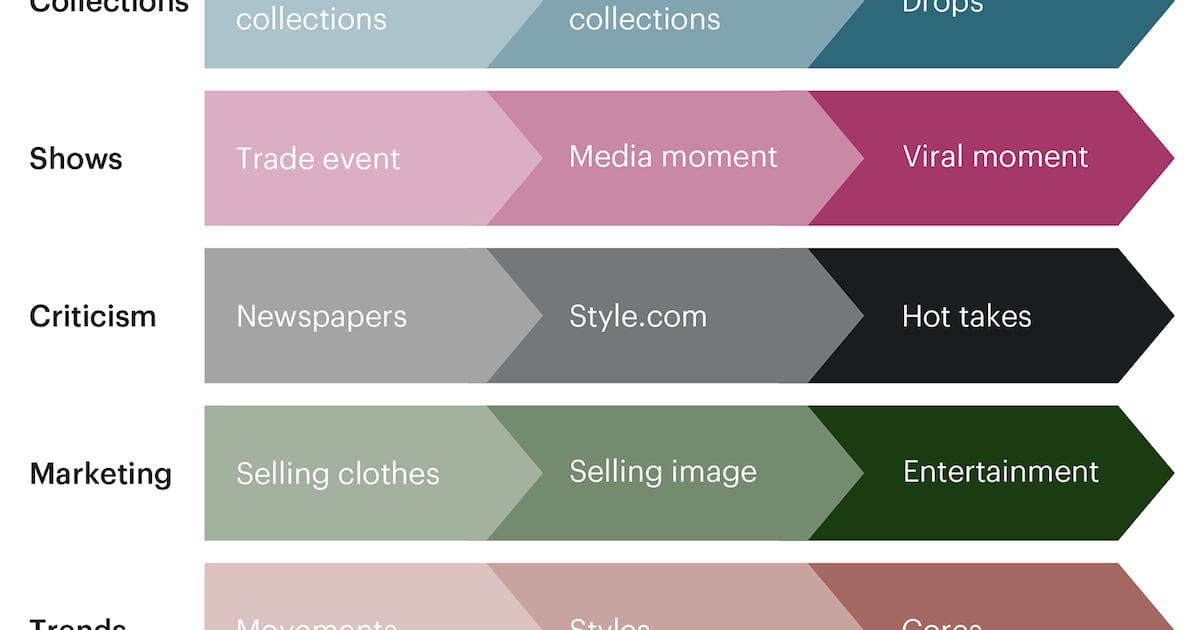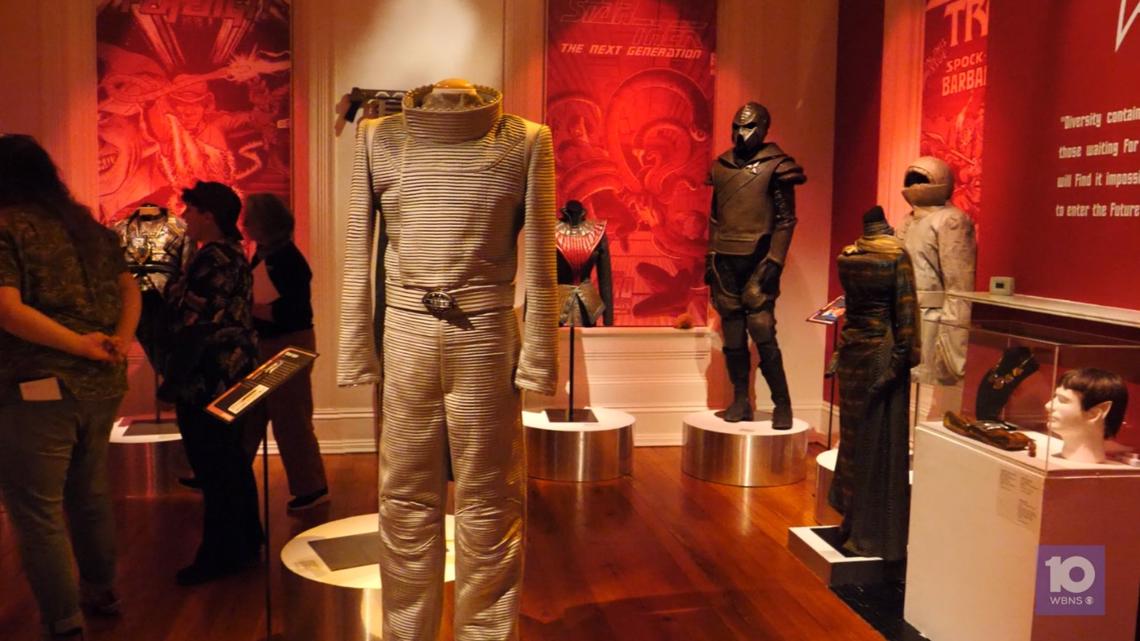Models walk the runway during the Chanel Womenswear Fall/Winter 2025-2026 show as part of Paris … More
Luxury fashion has long positioned itself as an exclusive alternative to fast fashion, with brands like Louis Vuitton, Chanel and Christian Dior boasting craftsmanship and heritage. However, luxury is not without its sustainability challenges. Meanwhile, the fashion resale and clothing rental models are gaining traction, offering potential solutions to the industry’s overproduction crisis. According to ThredUp, the global secondhand market is projected to reach $350 billion by 2027, signaling a shift in consumer preferences.
The Hidden Costs of Luxury Fashion: Behind the Glamour
Luxury brands emphasize exclusivity, but their supply chains remain opaque. The use of exotic materials, such as crocodile leather and mink fur, raises ethical concerns, while some brands destroy unsold inventory to maintain brand value. According to research by Dr. Hakan Karaosman, the luxury fashion market reached an estimated €1.2 trillion globally in 2018, with the personal luxury goods sector—including apparel, textiles, and footwear—growing to €260 billion, reflecting a 6% increase. Despite luxury brands’ reputation for high-quality, durable materials, they drive relentless consumer demand through capsule collections and celebrity-endorsed limited editions.
However, the industry’s environmental and social costs are substantial. According to NGOs and consumer groups, luxury fashion brands have been linked to burning excess stock, polluting with hazardous chemicals, excessive water consumption, and exploiting labor while falsely marketing products as ‘Made in Italy’. Additionally, automation, shifting ownership norms, and increasing transparency demands have left luxury fashion leaders grappling with tough challenges in an evolving marketplace.
According to a 2018 Burberry report, the brand incinerated over $36 million worth of unsold products in one year alone, highlighting the industry’s hidden waste problem. The brand explained that the items were destroyed to prevent them from being sold at a discount. It emphasized taking waste management “extremely seriously” and claimed to use special incinerators to generate energy from the process.
Fashion Resale Boom: A Sustainable Solution or Endless Consumption?
Platforms like ThredUp, The Thrift Hub in Jamaica and Depop are redefining fashion consumption by extending the lifespan of garments. According to Eco Cart, buying secondhand reduces a garment’s carbon footprint by 82% compared to buying new. Additionally, sustainable fashion is rapidly gaining momentum. Statista reports that the global sustainable apparel market is projected to grow from $6.3 billion in 2023 to $12.6 billion by 2030. However, high-end resale platforms still contribute to overconsumption by marketing secondhand shopping as an endless cycle of buying and reselling.
Rental Fashion: Circular Economy or Hidden Environmental Costs?
Rental services like Rent the Runway promote access over ownership, reducing demand for single-use purchases. However, the model is not without flaws—constant shipping, dry cleaning, and packaging generate emissions that sometimes offset its benefits.
According to researchers at Finland’s LUT University, renting clothing—where a single garment is leased to multiple users—may be less sustainable than expected. A study published in the Finnish scientific journal Environmental Research Letters found that renting fashion can generate more global warming emissions than simply discarding garments. The research, highlights that the environmental cost of rental fashion stems from transportation emissions. The model assumes that consumers travel at least two kilometers to return rented jeans, and after ten uses, they exchange them for a new pair—leading to increased carbon footprints primarily due to vehicle emissions.
The Way Forward: Embracing Systemic Change for Sustainable Fashion
The fashion industry’s business models—whether fast fashion, luxury, resale, or rental—are driving overconsumption, supply chain inefficiencies, and unsustainable labor practices. Luxury fashion, despite its craftsmanship and exclusivity, relies on limited-edition collections and high turnover, fueling relentless demand. Fast fashion accelerates waste and exploits garment workers, while ultra-fast fashion takes this to extreme levels, producing thousands of new styles daily. Resale platforms, while extending garment lifespans, still encourage continuous buying and selling. Rental fashion, once considered a circular solution, has hidden sustainability drawbacks, including emissions from transportation and cleaning. Ultimately, these business models prioritize profit over ethical supply chains, often leaving workers without a livable wage and pushing environmental costs onto society. The solution lies in systemic change—brands must shift from volume-driven profits to responsible production, fair wages, and transparent sourcing. Consumers must also challenge the narrative of endless newness and embrace true sustainability over performative greenwashing. Read our previous article Beyond The Price Tag: The Dark Side Of Fast Fashion Business Models, and stay tuned as our series continues with an in-depth examination of fashion’s pollution problem.


